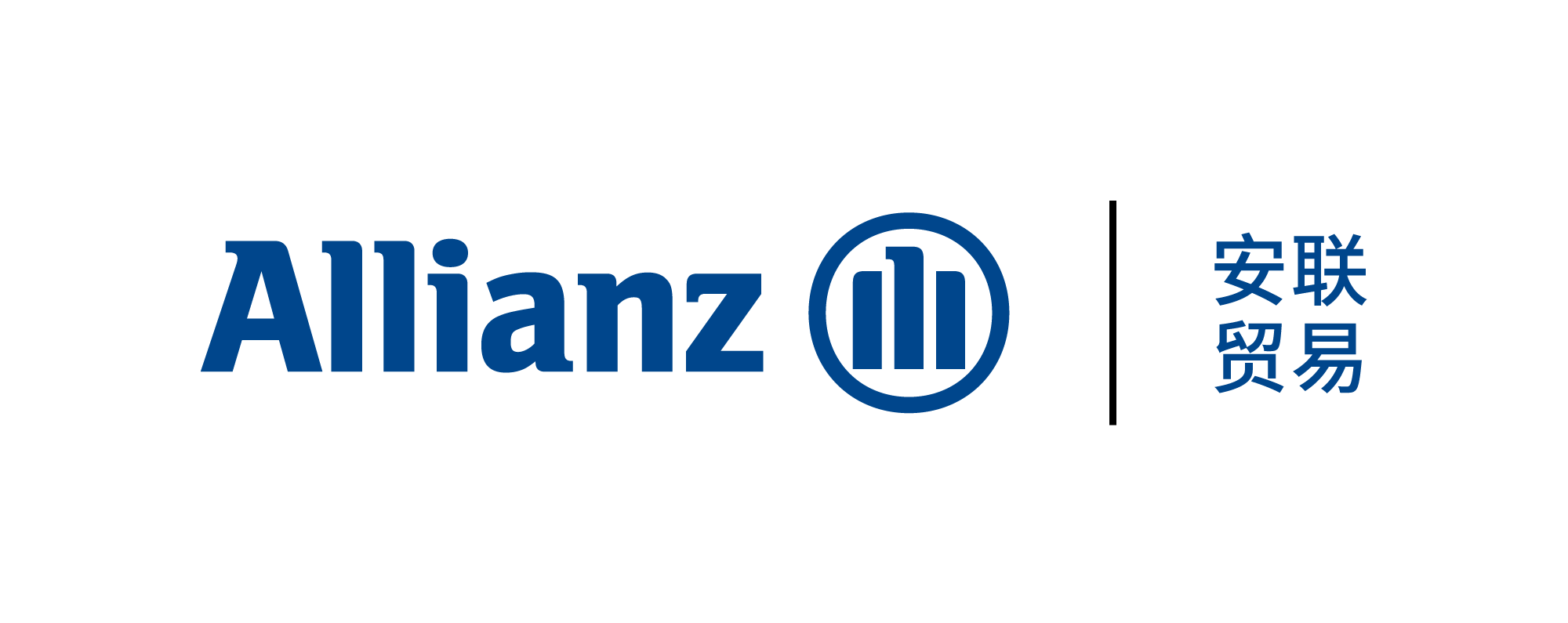Understanding Credit Guarantee Insurance
Credit guarantee insurance, also known as credit insurance or credit risk insurance, is a type of insurance that helps businesses protect against bad debt losses. It provides coverage for non-payment by customers due to insolvency, default, or political risks. In other words, credit guarantee insurance protects businesses from the risk of non-payment of trade credit.
The importance of credit guarantee insurance cannot be overstated. Bad debts can have a devastating effect on a business, causing cash flow problems, hampering growth, and even leading to bankruptcy. Credit guarantee insurance offers a safety net for businesses, ensuring that they can continue to operate in the face of unexpected financial losses.

Credit guarantee insurance works by providing coverage for a percentage of the insured amount of a sale – typically 80-90%. If the customer fails to pay, the insurer will pay out the insured amount, minus the deductible. The insurance policy covers a range of risks, including the bankruptcy or insolvency of the customer, their failure to pay within a set period, and even political risks such as war, expropriation, and currency restrictions.
There are a number of benefits to credit guarantee insurance. Some of the key advantages include:
1. Reduced risk: By protecting against non-payment, credit guarantee insurance helps to reduce the risk of bad debt losses.
2. Improved cash flow: By providing upfront payment for outstanding invoices, credit guarantee insurance can help to improve cash flow.
3. Increased sales: Having the protection of credit guarantee insurance can help businesses to extend credit to customers who may not have been considered viable otherwise, ultimately leading to increased sales.
4. Improved borrowing ability: Having credit guarantee insurance can improve a business's borrowing ability, as it demonstrates to lenders that the business has taken steps to protect against financial risk.
In conclusion, credit guarantee insurance is an essential tool for businesses of all sizes. It provides a safety net against bad debt losses, improves cash flow, increases sales, and improves borrowing ability. By understanding the benefits of credit guarantee insurance, businesses can make informed decisions to protect themselves against financial risk and ensure a stable future.
-
付款计划如何制定更合理?逾期后该如何调整避免损失?
在商业交易中,合理的付款计划是企业保障现金流和降低信用风险的核心工具。无论是内贸还是外贸,买方逾期付款或违约都可能对企业的财务健康造成连锁反应。根据安联贸易的观察,超过60%的中小企业曾因客户拖欠账款
넶0 2025-11-17 -
如何优化应收账款周转率?
应收账款周转率(DSO)是衡量企业资金回笼效率的核心指标,直接影响现金流健康与运营稳定性。对于依赖赊销的贸易企业而言,DSO过高可能导致资金链紧张,甚至引发坏账风险。根据数据,中国企业的平均DSO为9
넶0 2025-11-17 -
如何通过贸易信用保险优化现金比率?
在当今充满不确定性的商业环境中,企业现金比率的优化成为财务管理的重要课题。现金比率作为衡量企业短期偿债能力的关键指标,直接反映了企业流动性风险的管理水平。贸易信用保险作为一种专业的风险管理工具,能够有
넶0 2025-11-17 -
企业如何识别信用风险?风险管理如何避免坏账损失?
在当今复杂多变的商业环境中,信用风险已成为企业面临的核心挑战之一。无论是内贸还是外贸交易,买方违约、付款延迟甚至破产都可能给企业带来严重的坏账损失。根据安联贸易的观察,许多企业因缺乏系统的信用风险管理
넶0 2025-11-17 -
争议发票如何处理?如何避免影响企业现金流?
在企业日常经营中,争议发票是常见的财务纠纷之一。当客户对发票金额、商品质量或服务条款提出异议并拒绝付款时,不仅会影响企业的现金流,还可能损害客户关系。根据安联贸易的观察,争议发票通常源于合同条款模糊、
넶0 2025-11-17 -
如何设定合理的信用条款期限?
在商业交易中,信用条款期限的设定直接影响企业的现金流和风险控制。合理的信用期限不仅能增强客户黏性,还能降低坏账风险。然而,许多企业在实际操作中面临两难:过短的期限可能削弱竞争力,过长的期限则可能加剧资
넶0 2025-11-17












